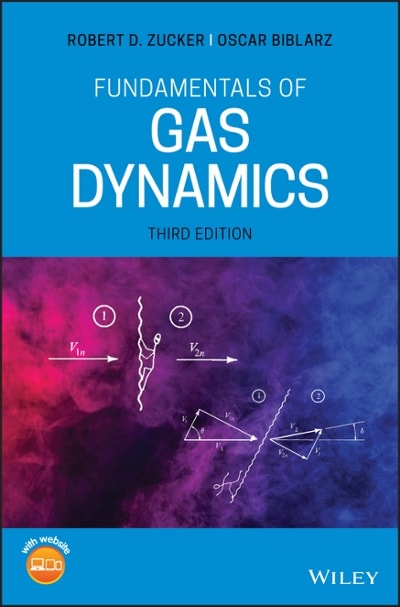Laminar flow in circular ducts is not one-dimensional, but we may still use the equivalent mass-average velocity
Question:
Laminar flow in circular ducts is not one-dimensional, but we may still use the equivalent mass-average velocity \(V=U_{m} / 2\) from equations (2.10) and (2.11) in our onedimensional formulations. This velocity came from solving \(\int u d A \equiv\left(\pi r_{0}^{2}\right) V\). Now, in the energy equation (2.36) we encounter the integral \(\int ho e(\mathbf{V} \cdot \hat{n}) d A\) over the surface in Figure 2.1, where \(e\) has the kinetic energy content given in equation (1.20); this is equivalent to calculating \(\int u^{3} d A=2.0\left(\pi r_{0}^{2}\right) V^{3}\) where \(V\) relates to \(U_{m}\) as indicated above. Verify that for laminar flow the resulting kinetic energy terms in equation (2.49) need to be multiplied by the factor 2.0 as mentioned above and in the text. Assume that the density remains constant along each cross section (Figure P2.4).

Step by Step Answer:

Fundamentals Of Gas Dynamics
ISBN: 9781119481690
3rd Edition
Authors: Robert D Zucker, Oscar Biblarz





